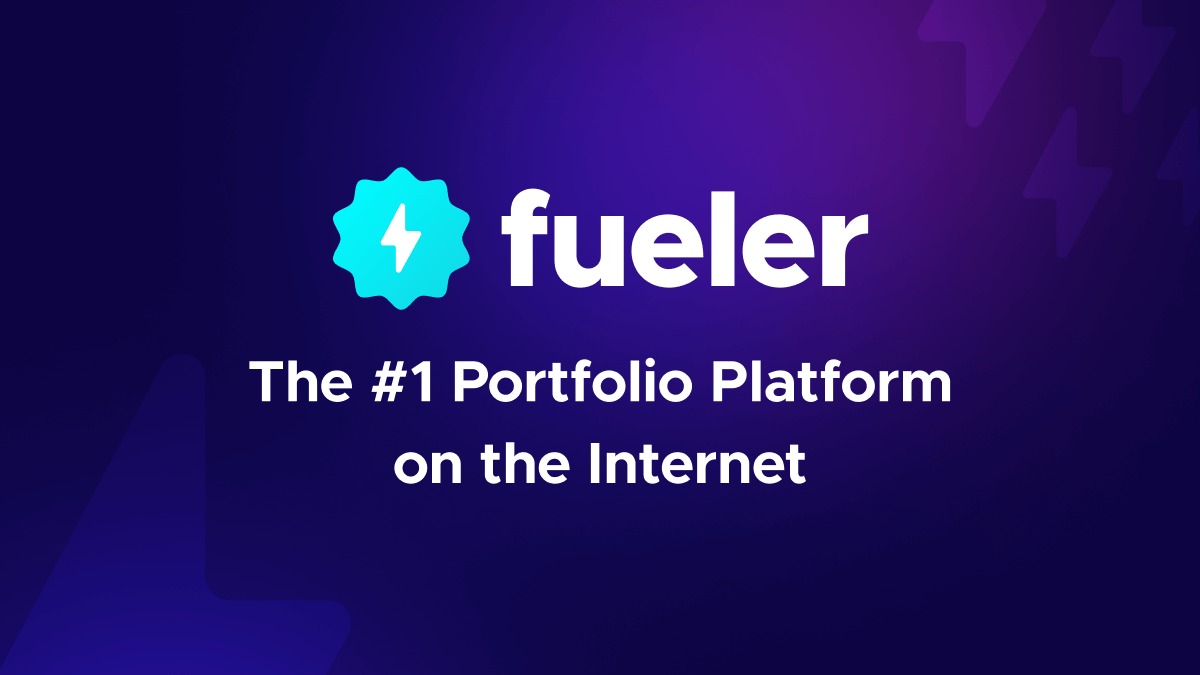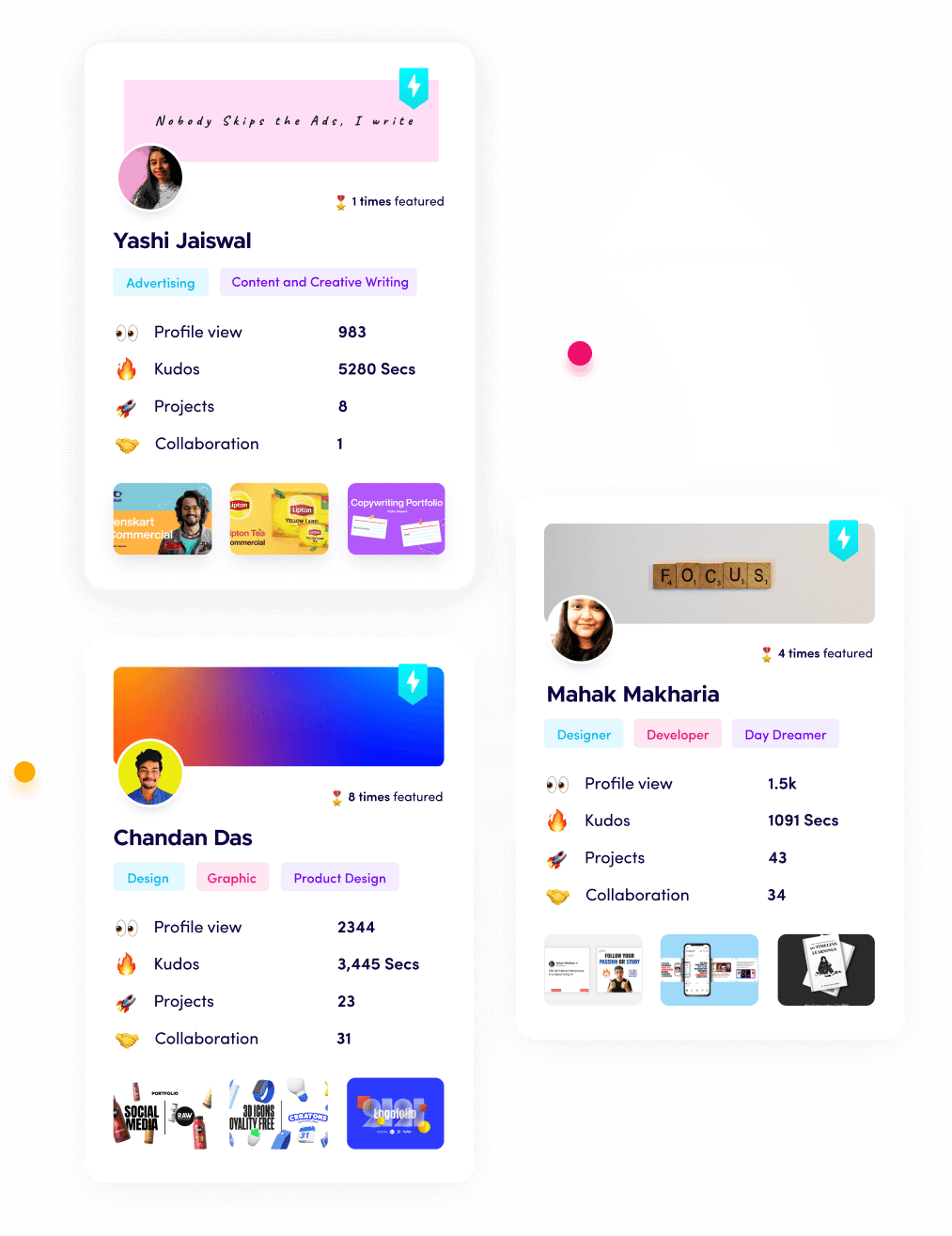The Ultimate Guide to Setting Freelance Rates in 2025

Riten Debnath
11 May, 2025

Freelancing in 2025 is more than just working from your laptop at a cafe. It's about building a real career on your own terms. One of the most important decisions you'll make as a freelancer is how much to charge for your work. Set your rates too low, and you risk burnout. Set them too high without justification, and you may struggle to find clients.
I’m Riten, the founder of Fueler, and I’ve been in the freelance space for years. I’ve worked with hundreds of freelancers, helping them build portfolios that lead to high-paying opportunities. In this guide, I’ll walk you through how to set your freelance rates in 2025:
1. Understand Your Value
Before setting your rates, you need to understand what you bring to the table. Are you offering design, writing, development, marketing, or consulting? What specific problems do you solve for clients? The clearer you are about your value, the easier it is to charge with confidence.
Clients don’t just want someone who can "do the job." They want someone who can make a difference. If you can help them grow their business, improve processes, or solve important problems, you’re offering serious value. That’s what clients pay top dollar for. So focus on the outcome you bring, not just the task.
2. Know the Market Rates
In 2025, the freelance economy is more transparent than ever. Sites like Glassdoor, Upwork, and freelancing communities openly share rate information. Use this data to get a sense of what others in your field are charging.
Check rates by:
- Experience level
- Niche or industry
- Geography (yes, it still matters in some cases)
- Type of work (project-based vs hourly)
Doing your homework helps you avoid underpricing or overpricing your services.
3. Consider Your Monthly Income Goals
Don’t just guess your rate. Start by thinking about how much you want to earn each month. Let’s say you want to make Rs. 2,00,000/month. Now break that down into how many hours you want to work, and how many clients you can manage.
Do you want to work 20 hours or 40 hours a week? Will you focus on fewer high-paying clients or take on multiple small ones? Also consider what type of work takes less time but pays more. These numbers will help you reverse-engineer your rate so that your income goals and work capacity match.
This method gives your pricing strategy a solid foundation instead of random guesses.
4. Choose Hourly vs Project-Based Pricing
Hourly rates are simple but may not reflect the full value you provide. Project-based pricing can be more profitable if you work efficiently and deliver great results.
In 2025, many freelancers are moving to value-based pricing, where you charge based on the result, not the time spent. This rewards experience and skill instead of just clocking hours. Clients care more about what they get, not how long it took.
5. Factor in Expenses and Taxes
Freelancers don’t get paid holidays or health insurance, so your rates need to include those costs. You also have to think about your business tools and basic living expenses.
Make sure to factor in things like software subscriptions, internet, electricity, and workspace rent. Add to that your taxes, retirement savings, and maybe even a small emergency fund. When you add all these together, it becomes clear that you can’t afford to charge low rates and still stay financially healthy.
Charging a little more helps you stay secure and build a sustainable career.
6. Test and Adjust
There’s no perfect number. Start with a rate, test it for 1–2 months, and gather feedback. Are clients happy? Are you getting too many or too few inquiries? Adjust as needed.
Your rate is not permanent. As your experience grows and your projects become more complex, you should raise your rates. This way, your pricing stays aligned with your skill level and market demand.
7. Showcase Your Portfolio
Clients will only pay higher rates if they see proof of your work. Your portfolio should tell a story of results, not just samples. In today’s freelance market, a strong portfolio is your best salesperson.
That’s why I built Fueler. It helps freelancers create result-driven portfolios without needing a personal website. You simply add your projects, explain the outcomes, and make your skills visible. I’ve seen freelancers get hired just because their Fueler profile clearly showed what they were capable of. It’s one of the easiest ways to stand out in 2025.
8. Learn to Say No
Not every client is a good fit. Saying yes to every opportunity leads to undercharging and burnout. Once you know your worth and have a solid portfolio, you can confidently walk away from low-paying gigs.
This mindset shift is powerful. It helps you focus on clients who respect your work and pay well. The more you say no to the wrong projects, the faster you attract the right ones.
Final Thoughts
Your freelance rate is more than just a number—it’s a reflection of how you see yourself and how you want the world to see your work. In a market that’s more competitive (and more connected) than ever, setting the right rate is about striking the balance between confidence and clarity.
It’s not just about covering expenses or beating the competition. It’s about creating space to do your best work, choosing the right clients, and building a freelance career that is sustainable, respected, and scalable. The right rate doesn’t just earn you money—it earns you time, freedom, and peace of mind.
Remember, this is a journey. Your pricing will evolve as your skills grow, your network expands, and your proof of work strengthens. The more clearly you can show the value you bring to the table, the easier it becomes to charge what you're truly worth.
Freelancing isn’t just a side hustle anymore. For many, it’s a full-time, high-impact career. And your pricing? That’s the foundation it stands on.
FAQs
1. What is the average freelance rate in 2025?
Freelance rates vary by skill, but most experienced freelancers in tech, design, and writing charge between Rs. 1,500 to Rs. 5,000 per hour in 2025.
2. How do I increase my freelance rates?
Improve your skills, show better results in your portfolio, and gradually raise your rates with each new client or project.
3. Is hourly or project-based pricing better for freelancers?
Project-based pricing often works better if you’re efficient and deliver high-quality results, as it allows you to earn more in less time.
4. How do I deal with clients who say I’m too expensive?
Educate them on the value you provide. If they still don't see it, they may not be the right client for you.
5. Where can I create a freelance portfolio?
You can use platforms like Fueler to create a clean, result-focused freelance portfolio without needing to build a personal website.
What is Fueler Portfolio?
Fueler is a career portfolio platform that helps companies find the best talents for their organization based on their proof of work.
You can create your portfolio on Fueler, thousands of freelancers around the world use Fueler to create their professional-looking portfolios and become financially independent. Discover inspiration for your portfolio
Sign up for free on Fueler or get in touch to learn more.


